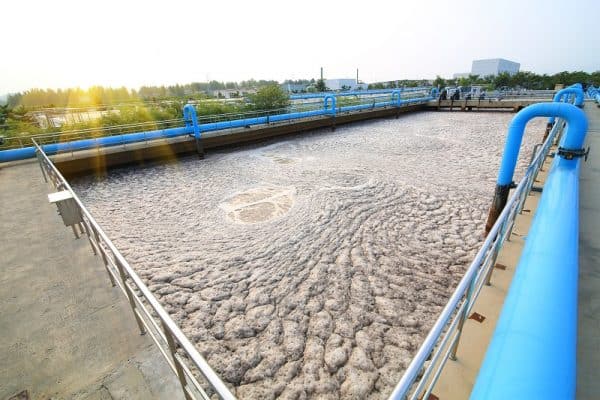Robert (Buddy) Boysen, Engineering and Technology Director, will travel to Midland next week to present at the Produced Water Society – Permian conference. Buddy will share a case study of a freshwater delivery system for a frac site with a description of key recommendations including the cost and operational benefits of additional treatment, line flushing and control of TOC.
See his abstract below and if you are attending the conference, sit in on his session to learn more! If you are unable to attend, you may contact us to get a copy of the presentation.
Biological Growth in Frac Water Systems – A Case Study
Raw water treatment, delivery and management practices during hydraulic fracturing can significantly impact drilling and production costs. For the past 10 years, the industry has focused on developing frac approaches that allow higher salinity sources to be used so that greater volumes of produced water can be incorporated into the frac water streams. This approach has helped expand the volume of water available for drilling in locations where other freshwater sources are unavailable or too expensive to use for well development. This practice has also placed a greater reliance on secondary chemical treatments and especially biological control and scale prevention.
As a secondary form of cost control, many midstream companies and operators have built and are continuing to expand raw water delivery pipelines, which help to control the cost of delivering water from fixed or centralized sources to areas where multiple fracs are planned. These systems can accommodate large volumes of blended water from multiple sources, including a combination of groundwater, surface water and reclaimed produced water to be delivered at very high rates. This centralized approach allows the water delivery company to reduce the cost of treatment and delivery through economies of scale and reduction in water trucking.
From a cost standpoint, reuse of produced water and centralized treatment and distribution have significantly improved the cost of water delivery to frac sites and have significantly improved the cost of hydraulic fracturing as evidenced by the number of current completions at $50-60/bbl oil market conditions.
As centralized treatment and piping distribution systems continue to expand, costs for secondary chemical treatment to ensure successful frac operations has been increasing. One of the main culprits contributing to this increased cost is biological growth in the piping systems, tanks and impoundments. This cost has now surpassed the primary treatment costs in some cases. Understanding biological fouling and growth in these environments is key to optimizing overall operating costs, to ensure successful fracturing operations and to prevent downhole damage.
Biological control at frac sites is challenging for several reasons including:
- Reuse of frac equipment that may contribute seed biology or seed biology from incomplete control at water treatment facilities;
- Relatively high levels of Total Organic Carbon (TOC) in recycled produced water and some surface water sources;
- Stagnation and idle doglegs in piping distributions systems and inability to provide disinfectant residual in raw water pipelines due to permitting limitations.
To learn more…contact us today!
